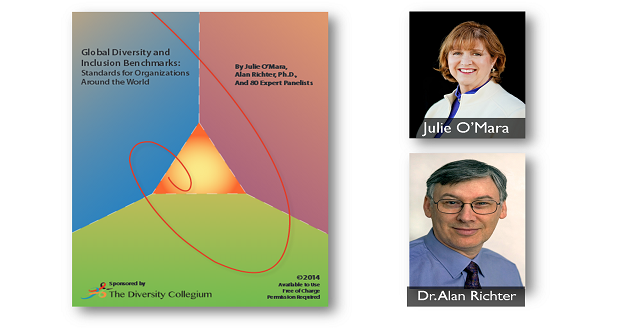In last week’s post, I made the case for diversity education rather than event based training. I promised to provide some specific examples of effective approaches to diversity education.
Design Learning For In-Tact Teams: The Winters Group designed a diversity educational process for a client that involved working with an in-tact team to enhance their cultural competence. The benefits of designing education for in-tact teams include the following: (1) they simultaneously hear the same message; (2) they are able to work on issues that are unique to their team; (3) they can develop and reinforce new behavioral norms for the team; and (4) the ability to track progress over time.
Target Learning To Current Competence Levels: At the outset, each member of the team took the Intercultural Development Inventory (IDI) to assess the current level of cultural competence. We provided group and individual feedback and then targeted the learning to their developmental orientation as measured by the instrument.
As with any educational process, it is necessary to understand one’s current proficiency in the subject being studied. Diversity training that is not based on a developmental model that first assesses the current competence level is doomed to have marginal long term impact.
The IDI measures one’s world view orientation towards difference. Based on the Developmental Model of Intercultural Sensitivity (DMIS) as first conceived by Dr. Milton Bennett, the IDI, now owned by IDI, LLC led by Dr. Mitchell Hammer, provides a baseline and a structure for understanding how we think about cultural differences and similarities. There are basically two world view orientations: Monocultural and Intercultural. In a monocultural frame, one’s own culture is central to reality; in an intercultural frame one sees the world relative to other cultures where one’s own cultural patterns are not any more central to reality than any other culture.
Within the two broad frames, there are five different developmental orientations as shown below.
Most people who take the instrument score in minimization, a transitional stage between monocultural and intercultural worldviews. I believe that in our quest towards fairness and equality, we have been taught to focus only on our similarities. In so doing we have, inadvertently perhaps, not attended to differences that make a difference. The learning opportunity for those in minimization is to enhance their understanding of the complexities and realities of differences that can make a difference in experiences in the workplace.
Provide Learning Modules In A Series Of “Single Point” Lessons: Adult Learning theory as espoused by Malcolm Knowles advocates for learning that is relevant to work and can be applied immediately. The idea of “chunking” the diversity learning into smaller segments more readily allows for that to happen. In this example, The Winters Group provided a one hour learning opportunity on a monthly basis for one year at the team’s regularly scheduled meeting. Each lesson built on the previous one and included “homework” in between lessons to apply and practice the learning in real life situations.
Reassess Competency: At the end of the year-long experience, the IDI was re-administered to the team and the results showed significant progress in the movement from minimization to acceptance as shown below.
 When diversity education is designed and executed using pedagogical methods that have been proven effective, it does achieve the desired outcomes.
When diversity education is designed and executed using pedagogical methods that have been proven effective, it does achieve the desired outcomes.
This post was written by Mary-Frances Winters, President and Founder of The Winters Group, Inc.




















